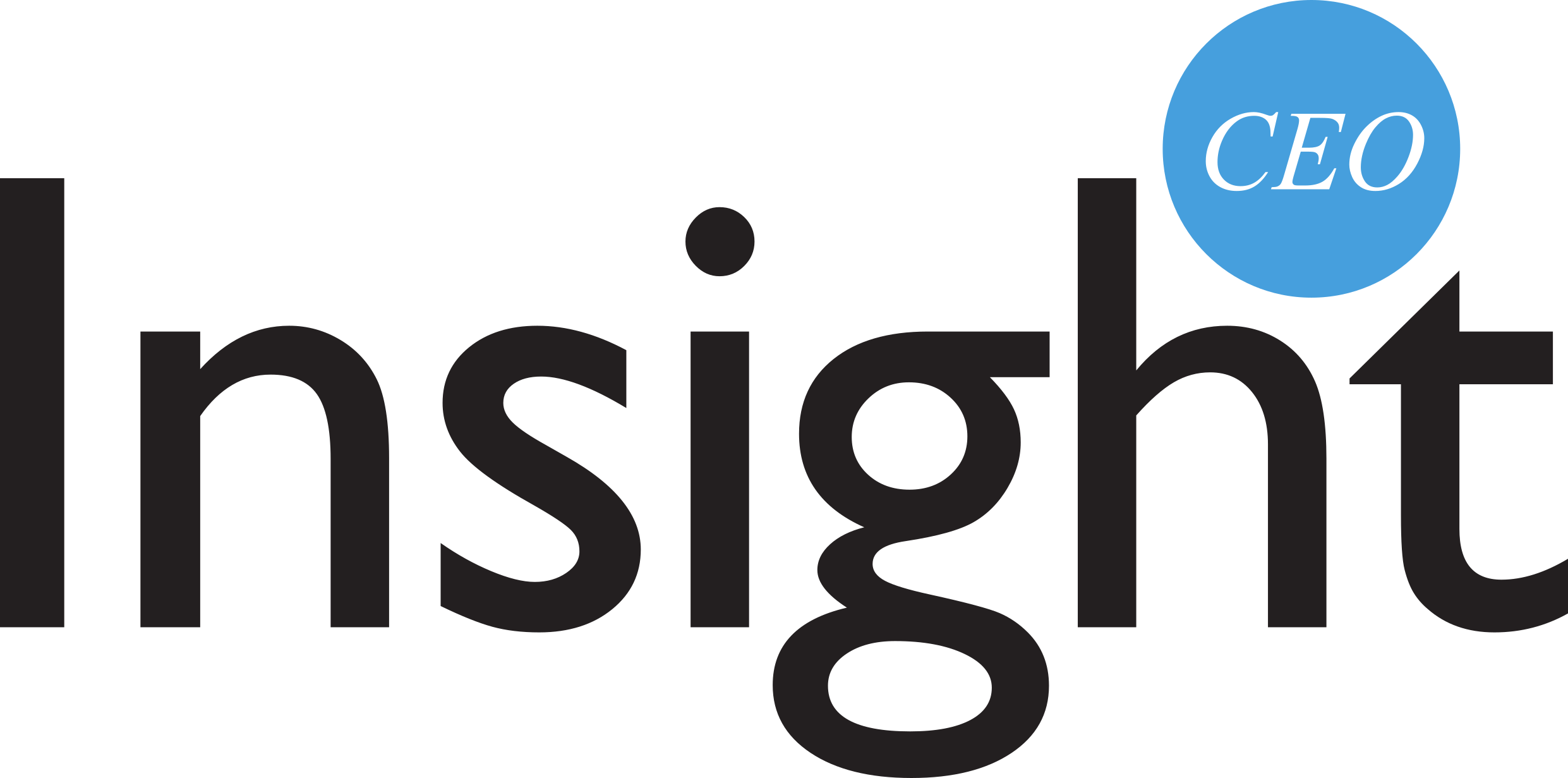Blockchain in Banking: Insights from Dr. Graham Bright
In a candid conversation, we sat down with Dr. Graham Bright, Head of Compliance and Operations at Euro Exim Bank Ltd, to discuss the evolving role of blockchain in banking and trade finance. With decades of experience in the financial industry, Dr. Bright shared his insights on how blockchain is reshaping processes, solving real-world challenges, and driving innovation across the sector.
Blockchain: A Catalyst for Banking Efficiency
“Blockchain is an enabling technology—it’s not a destination but a journey,” Dr. Bright said as we discussed its impact on banking operations. He explained how blockchain improves transaction speed, cutting cross-border payment times from days to minutes, and lowers costs by automating processes and reducing the need for intermediaries. Its immutable and auditable nature ensures compliance with regulatory requirements, enhances security, and reduces fraud risks.
Dr. Bright highlighted how Euro Exim Bank integrates blockchain into its trade finance workflows, leveraging decentralized ledgers to provide real-time visibility for authorized participants. “This approach streamlines operations and enhances both resilience and transparency,” he noted.
Proven Applications Across the Sector
As we explored blockchain’s practical applications, Dr. Bright provided compelling examples:
- RippleNet and On-Demand Liquidity (ODL): Systems designed to simplify cross-border payments by minimizing transaction times and currency conversion costs.
- JPMorgan’s JPM Coin: A private blockchain facilitating instant, low-cost cross-border payments for institutional clients.
- Santander’s One Pay FX and Citi’s TradeLens Collaboration: Platforms improving real-time money transfers and supply chain visibility.
“These case studies show how blockchain addresses inefficiencies, increases transparency, and reduces costs in payments and trade finance,” Dr. Bright said.
Practical Over Hype: What Users Value
Despite blockchain’s potential, Dr. Bright pointed out a surprising trend during our discussion. “For our clients, blockchain is like electricity—a quiet enabler,” he explained. Customers are less concerned about the technology itself and more focused on solving practical issues like managing FX volatility, liquidity, and the cost of cross-border transactions.
This reflects an important industry insight: while blockchain is a powerful tool, it works best when seamlessly integrated into broader solutions rather than being the focal point.
Overcoming Key Challenges
When asked about the challenges blockchain faces, Dr. Bright was candid:
- Regulatory Compliance: “Blockchain’s immutability can conflict with laws like the ‘right to be forgotten,’ and smart contracts still face legal uncertainties,” he said.
- Scalability and Environmental Impact: High energy consumption in certain blockchain models remains a hurdle for widespread adoption.

Navigating these obstacles requires selecting the appropriate blockchain architecture—permissioned or permissionless—based on specific needs and working closely with legal and compliance teams.
Bank-Fintech Collaboration: A Competitive Edge
During our chat, Dr. Bright highlighted the evolving relationship between banks and fintechs. “The lines between competition and collaboration are increasingly blurred,” he noted. Fintechs excel in agility and innovation, while banks bring scale, resources, and regulatory expertise. Together, they form powerful partnerships that redefine the financial landscape.
Euro Exim Bank is a case in point. By integrating fintech-driven innovations, the bank delivers personalized services and improved risk management without compromising on compliance or security.
The Future of Finance: A Partnership-Driven Model
As our discussion turned to the future, Dr. Bright outlined his vision:
- Integrated Services: Blockchain will underpin platforms that improve transparency, lower costs, and streamline operations.
- Decentralized Finance (DeFi): Opportunities will grow through tokenized assets, digital wallets, and expanded financial inclusion.
- Customer-Centric Models: Banks will adopt agile, personalized approaches to better serve their clients.
“Blockchain and fintech collaboration will enable traditional banks to operate more efficiently and effectively,” Dr. Bright said. “The future of finance is defined by partnerships and technological advancement.”
Blockchain’s Growing Role in Finance
Our conversation with Dr. Bright underscored the practical steps required to harness blockchain’s potential in banking and trade finance. As the industry navigates regulatory and operational challenges, blockchain continues to address inefficiencies and enable meaningful innovation. For business leaders and investors, the message is clear: the time to capitalize on blockchain’s capabilities is now.

